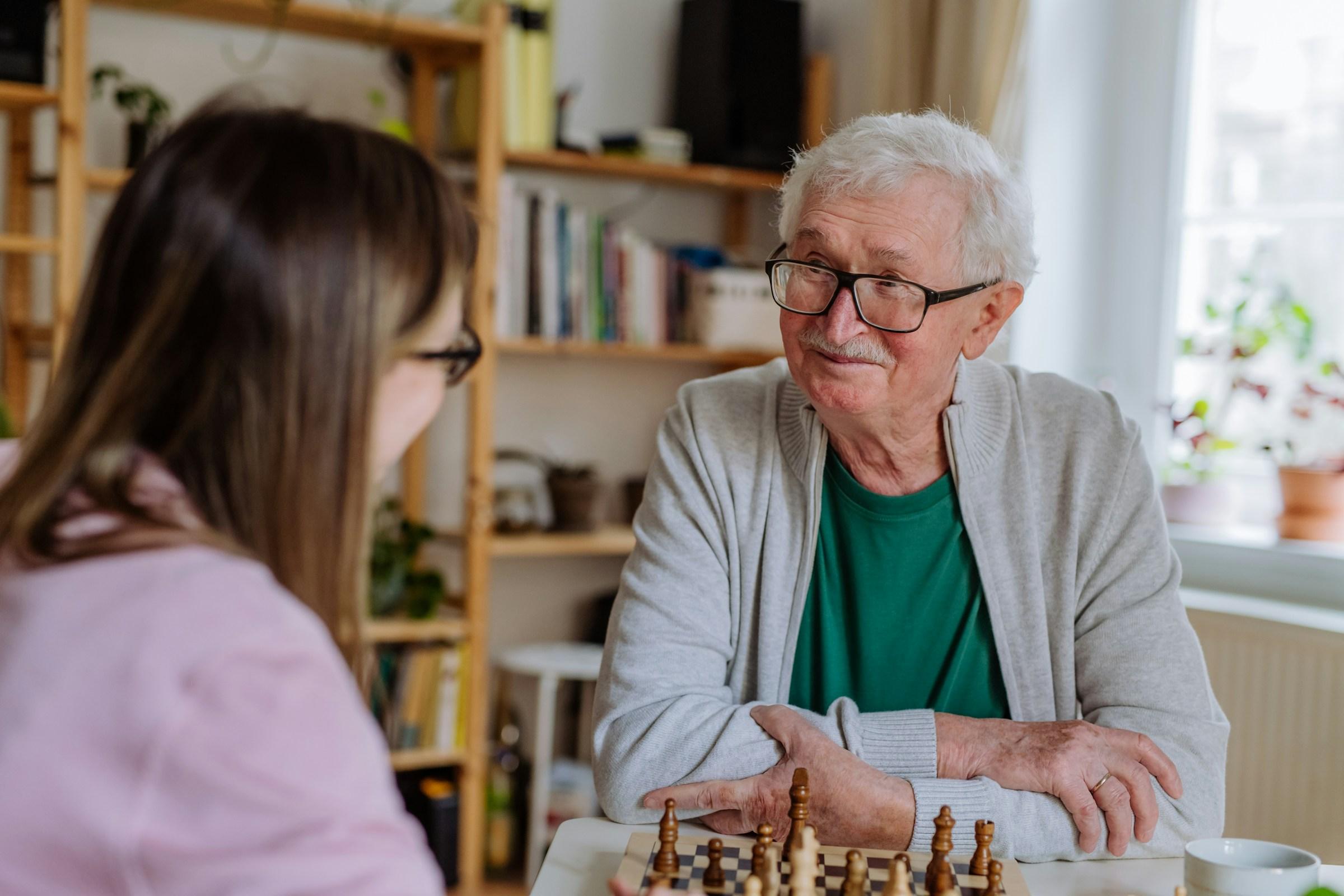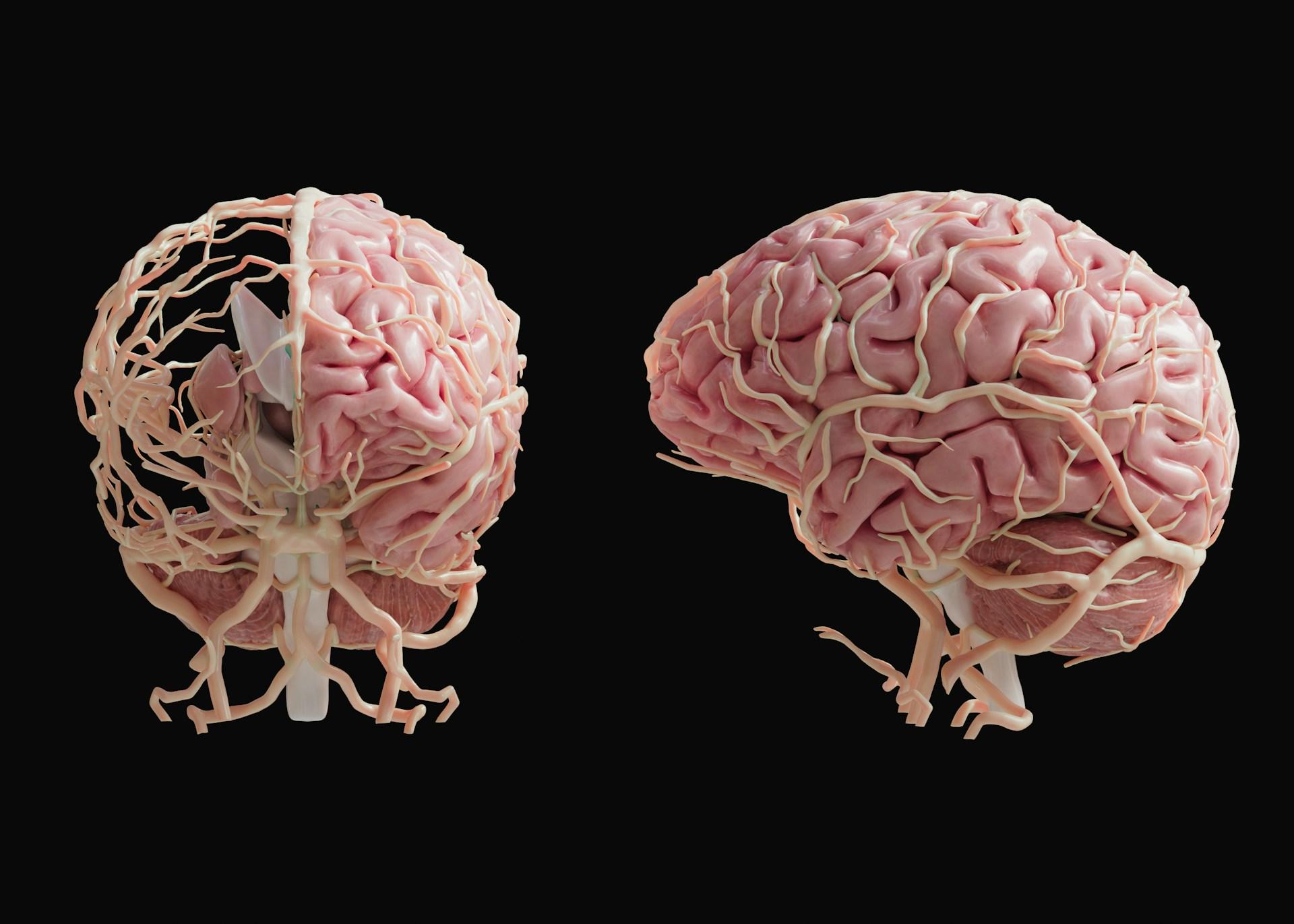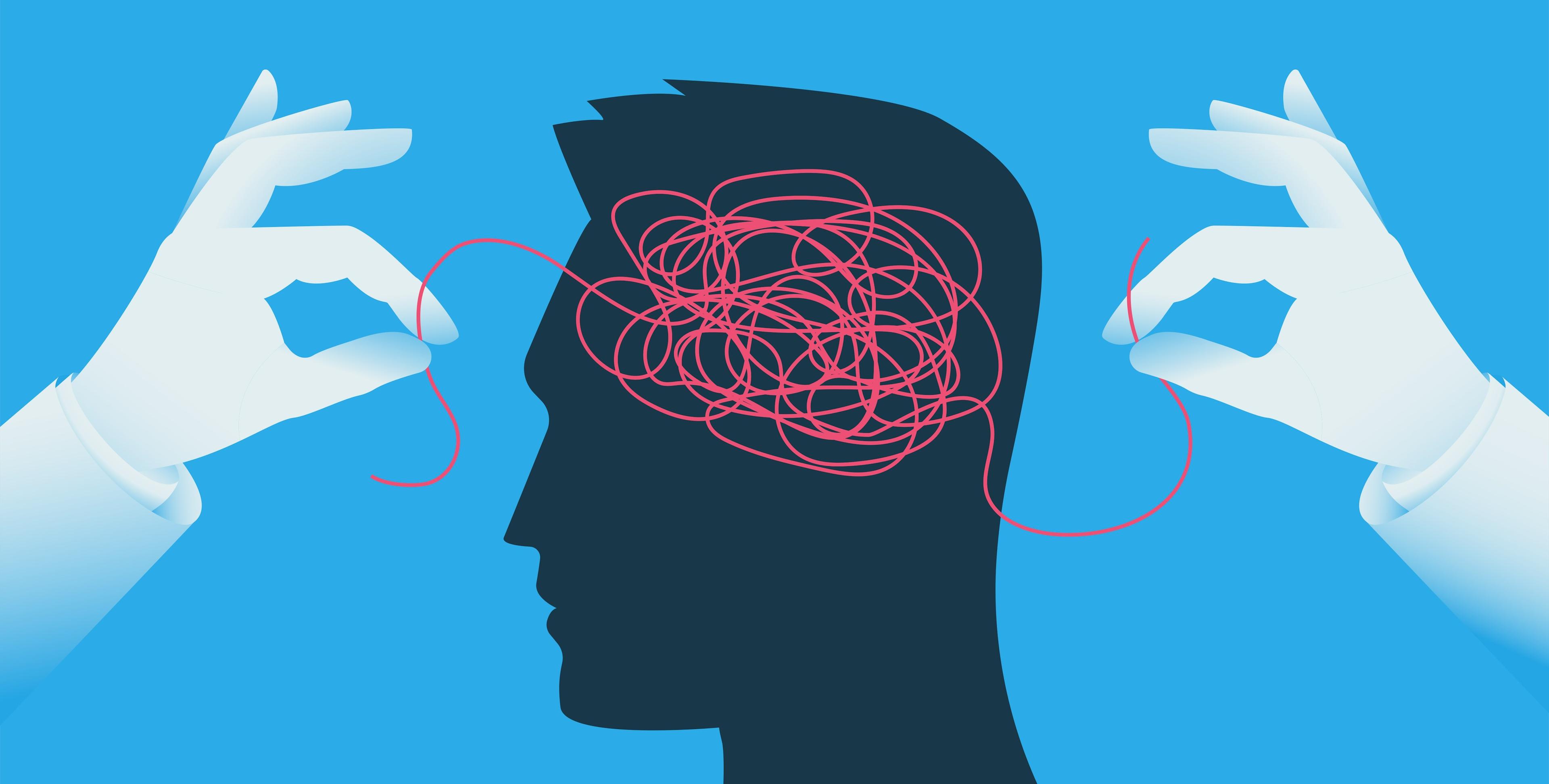A home that once felt beautifully predictable can begin to tilt in small, confusing ways when dementia enters the picture. The mug that always sat on the right appears on the left. Socks show up in the fruit bowl. A door that once meant a walk in the sun starts to feel like a threat. For families, these moments can feel surreal or even personal, yet they are not acts of defiance. They are signals from a brain that is working hard to stay comfortable in a world that no longer holds steady. What looks like an outburst, a loop of questions, or an odd ritual is often a clue about an unmet need in that exact minute. When we learn to see the pattern beneath the behavior, we can change the rhythm of the day and the shape of the space, and that is where calmer living begins.
Wandering is often the first behavior that unsettles caregivers. It can look like restlessness, like a pull toward the door, like footsteps that do not want to stop. Sometimes wandering is practical. The person may be searching for a toilet, a room from a previous house, or someone whose face remains bright in memory. At other times it is the body asking for movement after too much sitting. Instead of reading it as escape, it helps to treat it as a walk that has not yet found its path. A gentle loop through a hallway that leads back to a familiar chair can provide closure and safety. A soft runner underfoot, a lamp that pools warm light near a favorite seat, and a simple sign that says Sit here with an arrow can turn meandering into a predictable cycle that ends in comfort.
Repetition brings another kind of strain. The same question arrives, again and again, like the steady tap of a metronome. What time is dinner becomes an hourly refrain. This is not stubbornness. It is a search for an anchor in time. Long answers tend to add confusion. A short reply, delivered in the same words each time, can be soothing. Dinner is at six. Then a finger points to a clock with clear numbers, or to a small card on the table that lists the day, the date, and the next two events. The goal is not to train the person to stop asking. The goal is to let the environment hold the answer when memory cannot, so no one has to carry it alone.
Late afternoon often brings a shift in mood that families call sundowning. Shadows lengthen and nerves tighten. Light changes, and with it, the feeling of safety. The house can help more than we expect. Start the evening earlier. Close curtains before the sky turns fully dark. Turn on lamps in late afternoon, not at dinnertime. Keep the color temperature warm and consistent from room to room, and avoid harsh contrast. Prepare dinner with less clatter and invite simple participation. One spoon to stir. One napkin to fold. The point is not efficiency. The point is rhythm. A radio station that remains the same every day can become a cue that evening has begun. The body learns the order of the soundtrack and settles into it.
Rummaging can look like disorder, yet it often signals a search for identity. Hands move through drawers because drawers hold history. Scarves, letters, notebooks, buttons, coins. The person is not trying to break a system. The person is trying to find one. A rummage basket can channel this energy into something safe and satisfying. Fill it with textures and objects that are harmless if spilled. Old postcards with thick card stock, a coin purse, a soft scarf, a photo book with sturdy pages. Place the basket where rummaging tends to begin. The act becomes an activity with a beginning and an end, contained by the vessel rather than by reprimand. You can tidy without saying stop because the basket quietly says you are welcome here.
Shadowing, the impulse to follow a caregiver from room to room, can feel intense. A partner cannot enter the kitchen without a second pair of footsteps landing at the doorway. This closeness is not about control. It is attachment in a world that keeps slipping. A small stool or a narrow bench placed where you work can transform the mood. Add a cushion in a warm color that signals invitation. When you cook, invite the person to sit there and peel a banana or sort a small stack of napkins. If hands need a job, give them an easy one. The arrangement resembles parallel play from childhood development. You do your task, they do theirs, and the nearness provides the comfort.
Visual misinterpretations are common and can become frightening. In low light or in rooms with mirrors and busy patterns, the brain fills in gaps with guesses that feel real. A dark rug can look like a hole. A mirror can present a stranger who seems to be in the house. If reflections startle the person, the mirror is not essential. Cover it with a scarf or relocate it away from the main path. If television images make the room feel unsafe, switch to a calm screen or turn the display off and play audio only. Simplify visual fields around doorways and stairs so the brain has fewer decisions to make with every step. Clear paths reduce the load on attention and leave more capacity for trust.
Food rituals can puzzle relatives who hope for variety. Only toast at breakfast. Only sweet tea at four. Only vegetables cut into small squares. From the outside this pattern can feel like stubbornness. From the inside it is safety. The mouth has to decide what is safe to swallow, and familiar shapes reduce anxiety and lower choking risk. Expanding choice works best when consistency comes first. Serve a new soup in the same bowl with the same spoon at the same time of day. Offer one new bite next to four familiar bites and celebrate any small success. The victory is not novelty. The victory is dignity paired with nutrition.
Clothing choices can shift in ways that draw attention. Pajamas at noon. Layers that disappear in public. These shifts can follow temperature confusion, tactile discomfort, or a daily clock that has wandered. Arrange clothing in the order you hope it will be worn. Underwear on the top of the stack, then shirt, then trousers. Remove out of season items from easy reach to prevent sudden selections that do not suit the weather. Replace buttons that frustrate with soft pullovers and easy closures. A small card on the closet that says Today is Monday can pair with a tray that holds a watch, a hairbrush, and one clean handkerchief. The tray becomes a gentle script. The person acts the script without feeling managed, and pride remains intact.
Collecting and keeping can expand into hoarding, and a house can start to fill with newspapers, plastic containers, or mailers. At the root of this behavior is the need for security. When memory cannot track supply, the eye wants proof that there will be enough later. Create one visible home for spares. A clear bin labeled Extra tissues becomes a promise that the eyes can verify. When a new pack arrives, walk together to the bin and place it there. The habit of saving becomes a household ritual with boundaries that still respect the need behind it.
Accusations can happen and they can sting. When a wallet goes missing, the mind reaches for the simplest explanation. Someone must have taken it. Anger is fear moving quickly. A predictable system for valuables can soothe that fear before it grows. A small safe with a gentle keypad, or a drawer with a tray that always holds the same three items, reduces panicked searches. When an accusation does arise, a brief response that names the feeling comes first. It sounds like you feel unsafe. Let us look in the drawer together. Then walk rather than argue. The drawer is the answer. The debate is a detour.
Nighttime pacing is one of the hardest patterns for families because it steals rest from everyone. The bed can feel unfriendly when the map of sleep has faded. Soften the approach to night. Dim lights after dinner. Keep the path to the bathroom lit at ankle height so bright overhead lights do not jar anyone awake. Avoid shiny floors that reflect like water and can look like hazards in the dark. Offer a warm face cloth, a lavender sachet near the pillow, and an audiobook with a calm voice as a pre sleep trio that signals safety. If waking happens, resist the urge to fix the whole night. Offer water. Walk the same short loop. Return to the same seat. Over time, the body learns that waking at two leads back to comfort at two fifteen.
The phrase bizarre behaviors of dementia patients can feel clinical and cold. Inside a home, it is more accurate to think of different behaviors that express needs in unfamiliar ways. The person is not trying to be difficult. The person is trying to stay connected within a changing landscape. Families help most when they let the environment carry more of the memory work. Consistent lighting. Clear paths. Low shelves with visible choices. A few signs that state the next step in simple words. A chair that always faces the same view. Routines that frame morning as arrival and evening as landing. When the home becomes a gentle script, the person does not need to memorize every line.
Language sits alongside layout as a powerful tool. Words can reduce threat or make it larger. Instead of You already asked me that, try We have dinner at six. Instead of Do not touch that, try Let us put it in the basket and look again later. Instead of You cannot go out now, try The garden is ready after tea. Short sentences carry less static, and a steady tone matters more than perfect phrasing. The music of your voice becomes its own room design, and many days that music matters most.
Caregivers are part of the architecture of calm. Your rest and your rhythm seep into the walls. Keep one small corner that belongs only to you. A chair with a throw. A cup that is always yours. A plant that you water at the same time each day. Let that corner remind you that the home holds you as well. When you are steady, the rest of the room feels steadier for everyone. This is not selfishness. This is maintenance that keeps the whole system working.
There will be days when none of the careful plans feel strong enough. A morning will unravel and an afternoon will not respond to any script. This does not mean you failed. It means that on that day the body and the brain were louder than the routines you built. The grace of a home is that it allows you to try again tomorrow without blame. You can reset the lamps. You can lay out the clothes in order. You can return the basket to its usual spot. You can turn on the station that plays the same familiar songs. What we repeat becomes how we live, and over time these repetitions gather into a sense of safety that both of you can feel.
Dementia changes how a person reads rooms, faces, and sequences. What looks baffling is often a reasonable response to a world that has turned unfamiliar. When we treat these moments as feedback, we can adjust light, sound, texture, storage, and routine until the house becomes an ally. Perfection is not the goal. Kindness is. Each small adjustment is a way of saying I see you and I want you to feel safe here. That is the quiet power of design, of language, and of rhythm. Together they help everyone in the home breathe a little easier, one gentle cue at a time.











.jpg&w=3840&q=75)


